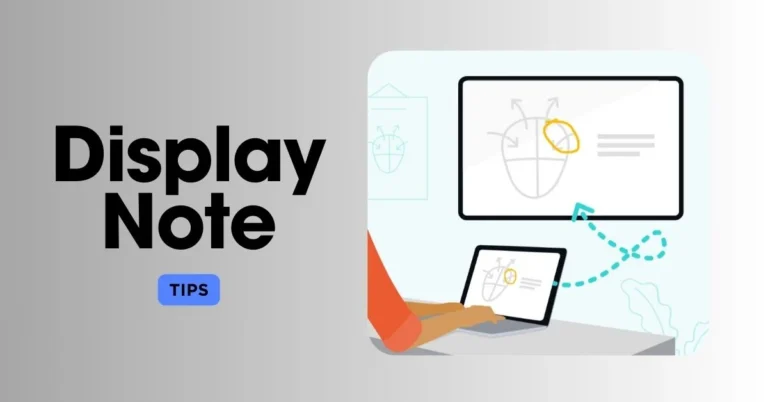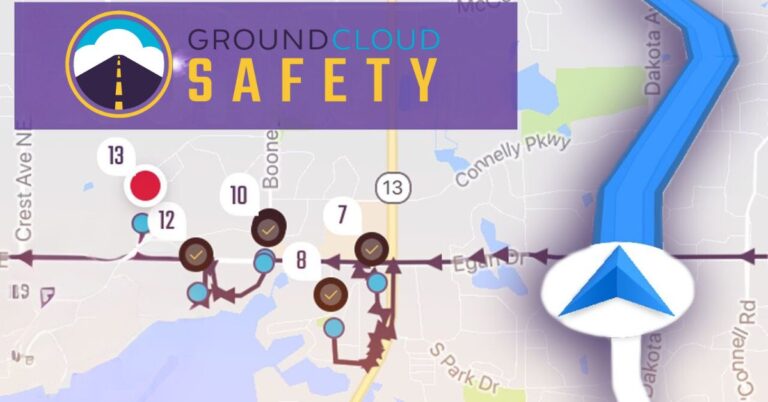IP Stresser & Booter: The Power Behind Network Testing
An IP stressor is a network testing tool that plays a crucial role in evaluating the strength and robustness of servers. Designed for administrators to stress-test their servers, these tools help determine if a network can handle high traffic levels. However, while legitimate uses exist, the darker side of the technology—booters—has led to misuse. Booters turn these stress-testing tools into weapons for launching Distributed Denial of Service (DDoS) attacks on websites and networks.
This article will focus on how these tools work, their legitimate and illegal uses, and the implications of their misuse in the online world.
What is an IP Stresser?
An IP stressor is primarily designed to test the limits of a server or network. It allows network administrators to simulate heavy traffic, pushing the bandwidth, CPU, and other resources to their limits to identify weaknesses. This tool is essential for businesses or individuals managing a server to ensure that their network can handle high volumes of traffic, particularly during peak usage or attacks.
However, despite its legitimate use, it becomes illegal when this tool is used against servers or networks without permission. This misuse results in denial of service for legitimate users, disrupting the regular operation of a network.
What Are Booter Services?
Booters, also known as booter services, are a form of DDoS-for-hire service. These services exploit the functionalities of IP stressors but are used illegally. Booters allow users to launch DDoS attacks against a target network or server, overloading it with traffic and causing it to crash.
These attacks are often carried out by individuals with minimal technical knowledge, as booters offer a user-friendly interface and easy access to DDoS capabilities. These services are usually marketed as legitimate tools, sometimes disguised as software-as-a-service (SaaS) models with slick packaging, customer support, and even tutorials. However, they intend to cause disruption, making them illegal in most parts of the world.
How Booters Differ from Botnets
While botnets and booters may serve similar purposes, there is a clear distinction between the two. A botnet refers to a network of computers infected with malware, often without the owner’s knowledge, that can be controlled to carry out attacks, including DDoS attacks. In contrast, booter services do not require a compromised network of devices; instead, they use potent servers to launch attacks directly.
Booters often advertise their power, boasting about the number of servers available for hire to launch these attacks. In essence, booters offer a more accessible entry point into network attacks, where malicious actors can “rent” power to launch disruptive campaigns.
Motivations Behind Denial-of-Service Attacks
There are many reasons someone might launch a denial-of-service attack. These could range from inexperienced hackers testing their skills to more sophisticated threats like extortion, business rivalries, or even ideologically driven cyberattacks. Government-backed operations or hacktivism groups may also resort to such methods to further their agendas.
For extortion-based attacks, Bitcoin and other cryptocurrencies are often used to mask identities, making it difficult for authorities to trace payments. Attackers may demand ransom payments in exchange for halting an ongoing DDoS attack, hoping to exploit businesses’ fears of lost revenue during downtime.
Amplification and Reflection Attacks Explained
The most devastating DDoS attacks use amplification and reflection techniques. In a reflection attack, an attacker spoofs the victim’s IP address and sends requests to legitimate servers, which then respond by sending large amounts of traffic back to the unsuspecting victim. This overwhelms the target server with traffic it didn’t ask for, effectively taking it offline.
Amplification attacks magnify the effects of reflection. The attacker sends a small request to a third-party server, which generates a much larger response sent to the target server. The difference between the size of the request and the response is known as the amplification factor. This allows attackers to generate massive traffic with minimal effort, maximizing the disruption caused.
A typical example is the NTP amplification attack, which exploits the Network Time Protocol to flood a target with far more traffic than the initial request generated.
Categories of Denial-of-Service Attacks
Denial-of-service (DoS) and distributed denial-of-service (DDoS) attacks can be divided into three broad categories:
1. Application Layer Attacks
These attacks target the application layer responsible for the interface users interact with. The attacker overloads this layer by exploiting weaknesses in processes like HTTP requests, consuming the resources of the web application. This is one of the most complex types of attacks to detect.
Example: HTTP Flood – The attacker floods the target’s website with numerous HTTP requests, exhausting server resources.
2. Protocol-Based Attacks
These attacks exploit network protocol vulnerabilities, often targeting layers 3 or 4 of the network. By exploiting weaknesses in how these protocols manage traffic, attackers can overwhelm the processing power of the victim’s infrastructure.
Example: SYN Flood – A barrage of SYN requests overloads the system, making it unresponsive to legitimate users.
3. Volumetric Attacks
In volumetric attacks, attackers generate massive amounts of traffic to saturate the bandwidth of a server or network. These attacks are easy to launch and often use amplification techniques to increase the damage.
Example: UDP Flood – Many UDP packets are sent to random ports on the target, overwhelming it with traffic.
Common Examples of Denial-of-Service Attacks
Denial-of-service attacks come in various forms, each with its own methodology. Here are some of the most common:
- SYN Flood: Overwhelms a target system by flooding it with SYN requests.
- HTTP Flood: Uses HTTP GET or POST requests to flood a web server.
- UDP Flood: Bombards random ports with UDP datagrams to overwhelm a server.
- Ping of Death: Sends oversized packets that exceed protocol limits, causing crashes in outdated systems.
- Slowloris: Keeps multiple connections to a server open for as long as possible, preventing legitimate access.
- NTP Amplification: Exploits the Network Time Protocol to generate amplified traffic that crashes the server.
What Should Be Done in Case of a DDoS Extortion Attack?
In the case of a DDoS extortion attempt, specific steps should be taken immediately to mitigate the damage:
- Inform your Internet Service Provider (ISP) or data center about the attack.
- Never pay the ransom—this often leads to more demands.
- Contact law enforcement agencies to report the attack.
- Monitor all network traffic to identify any ongoing issues.
- Use services like Cloudflare that offer protection against DDoS attacks.
Mitigating Botnet Attacks
Mitigating attacks that rely on botnets requires robust security practices:
- Ensure firewalls are active and properly configured.
- Regularly update security patches.
- Use antivirus software to detect and remove potential malware.
- Monitor system logs for suspicious activity.
- Block unknown email servers from distributing SMTP traffic.
Conclusion
While IP stressors serve a legitimate purpose in testing the limits of a network’s infrastructure, their misuse through booter services transforms them into powerful tools for malicious DDoS attacks. By understanding the mechanisms behind these tools, businesses can better protect their networks from such threats. Whether it’s through amplification techniques or reflection attacks, the misuse of these services can cause significant disruption.
Staying informed about the latest types of denial-of-service attacks and employing robust security measures can help mitigate the damage and ensure network reliability.
FAQs
What is an IP stresser used for?
It is a tool used by network administrators to test the robustness of their servers by simulating heavy traffic, helping them identify weak points in their infrastructure.
What are booter services?
Booter services are illegal DDoS-for-hire services that allow individuals to launch network attacks against websites or servers to disrupt their operations.
How do amplification attacks work?
Amplification attacks send small requests to third-party servers, generating much larger responses that overwhelm the target, effectively amplifying the size of the attack.
What is the difference between botnets and booter services?
Botnets consist of compromised devices controlled by malware, while booter services allow attackers to launch DDoS attacks without needing a botnet, typically using powerful servers.
How can DDoS attacks be mitigated?
DDoS attacks can be mitigated by using firewalls, keeping systems updated with security patches, monitoring traffic, and using services like Cloudflare that offer DDoS protection.







